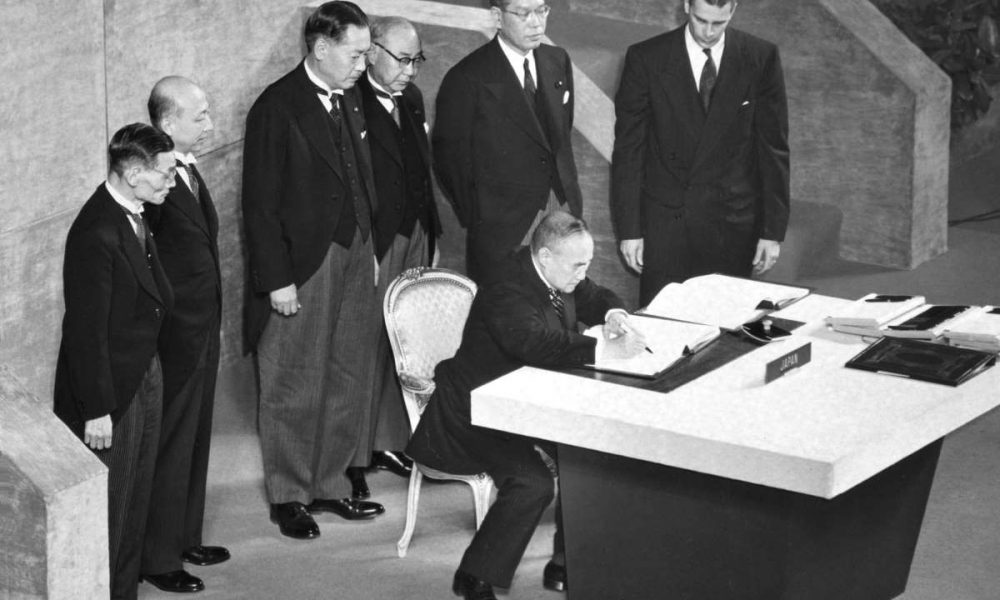
On April 28, 1952, the San Francisco Peace Treaty came into effect. In 2022, Japan celebrates the 70th anniversary of the restoration of its sovereignty.
Sovereignty is the hallmark of an independent nation that can decide its own course without interference from other nations. The importance of this is evident in Russia’s invasion of Ukraine, where the people bravely stood up against their invaders to defend the independence, and therefore the sovereignty, of their country.
According to international law, wars are finally ended by the application of peace treaties. Unfortunately, although Japan is celebrating 70 years since the beginning of its post-war period, the importance of restoring its sovereignty is still not well understood.
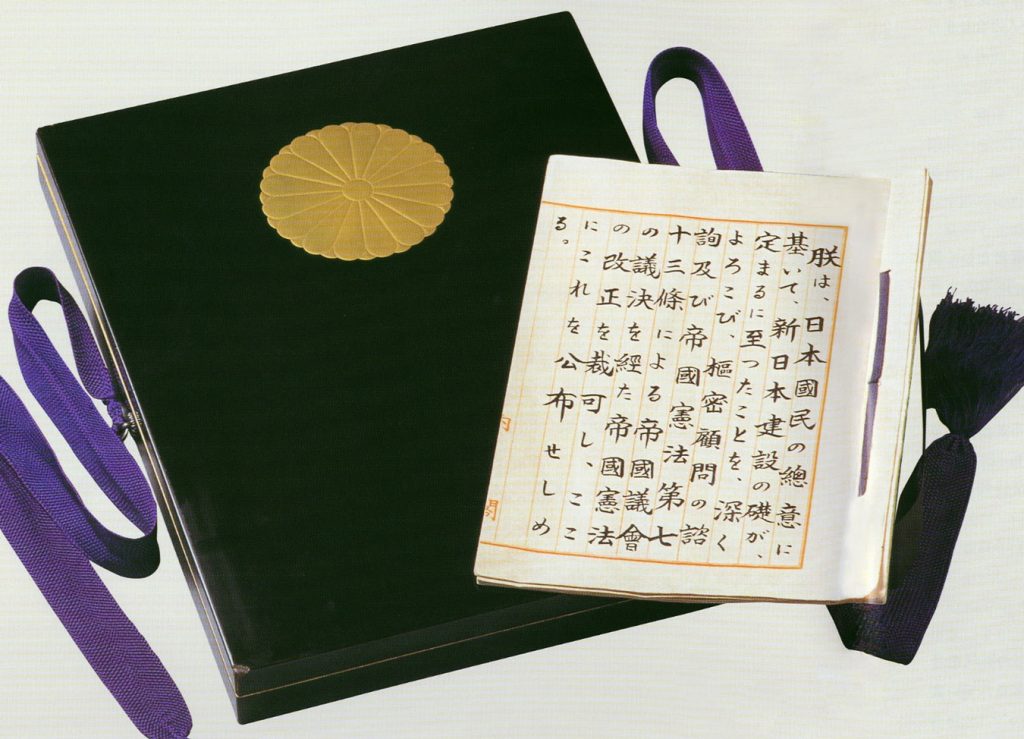
The harsh realities of the occupation
During more than six years of occupation, Japan lost its sovereignty and had to be at the mercy of the Supreme Allied Commander (SCAP).
But many in Japan perceive those years as the 70 years since Japan regained its sovereignty. This is the lingering curse of the occupation.
The SCAP directives have invaded every corner of Japanese politics, economy and society. Japan had a government and a Diet, but no autonomy. Anything against the will of the SCAP was forbidden.
Textbooks were blacked out and the media – including newspapers, publications, films and broadcasts – were censored. Even mention of the censorship system was prohibited. With the press and speech controlled, there was no freedom in occupied Japan.
The damaging effects of the Tokyo War Criminal Trials, in which the losers of the war were convicted under ex post facto laws, continue to this day. Without any regard for the Japanese side of the story, history was rewritten to suit the Allies. And a masochistic view of history has been instilled in the minds of the Japanese people.
The sovereignty of a nation is a prerequisite for adopting or revising a constitution. But the SCAP imposed a draft constitution on Japan that took its American staff only a week to prepare, threatening that otherwise the emperor’s life would not be guaranteed.
Japan is still unable to revise its Constitution, which was created when it had no sovereignty. Even if sovereignty was restored 70 years ago.
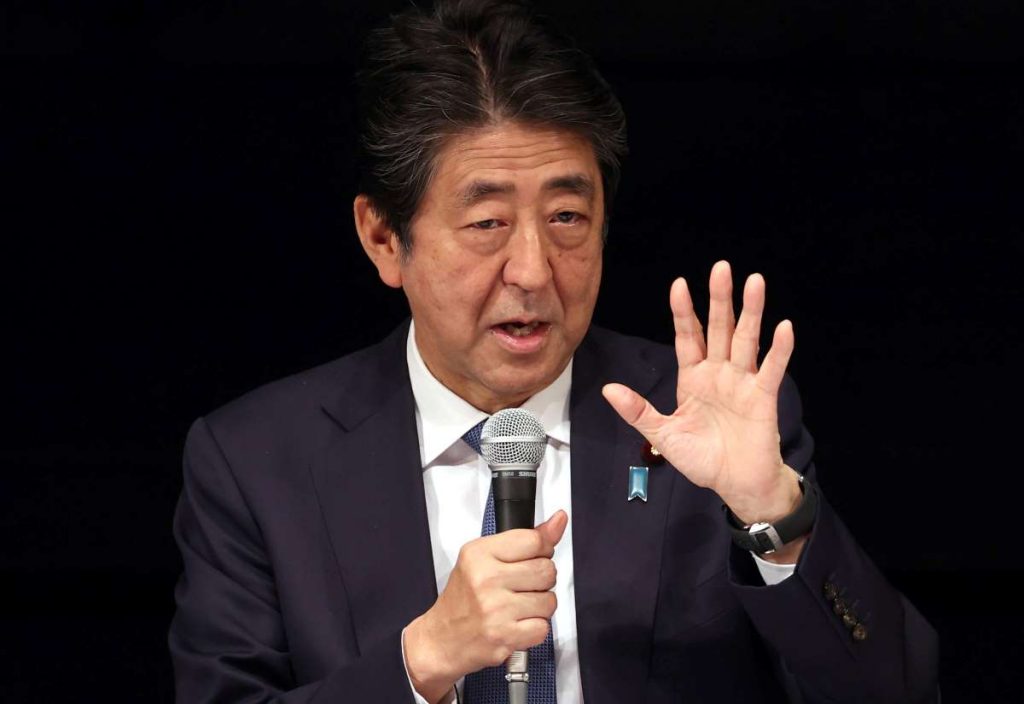
A persistent occupation
Even then, when sovereignty was restored, United States military rule continued in Okinawa, the Amami Islands, and the Ogasawara Islands.
Some have called the day when sovereignty was restored a “day of humiliation”, when Okinawa broke away from the mainland. But that’s misguided.
When the San Francisco Peace Treaty was signed, then-Prime Minister Shigeru Yoshida made it clear that he “can only hope that the administration of these islands will be handed over to the Japanese in near future”.
The United States had initially wanted to separate Okinawa from Japan and make it a Trust Territory. An article allowing the United States to make Okinawa a Trust Territory at any time was incorporated into the peace treaty.
But the Japanese government fought back fiercely, and the world recognized its residual sovereignty in Okinawa. The government never gave up on Okinawa’s reversion, and in 1972 Okinawa was returned to the mainland 20 years after the peace treaty came into effect.
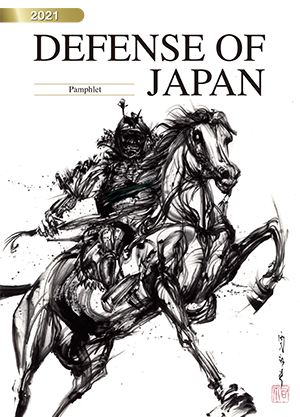
Japan needs a stronger deterrent
Yet today, Japan’s restored sovereignty is incomplete and under threat.
The four southernmost Kuril Islands and Takeshima (aka Liancourt Rocks) are also expected to be under Japanese sovereignty, but remain illegally occupied by Russia and South Korea respectively. The kidnapping of Japanese citizens by North Korea is another serious violation of sovereignty and human rights, and it has yet to be resolved.
Meanwhile, China is trying to take over the Okinawa Islands. Although Japan exercises de facto control over the Senkaku Islands, Chinese Coast Guard vessels roam the surrounding waters and repeatedly enter Japanese territorial waters.
Another major concern is the possibility of a contingency in Taiwan, which would precipitate a contingency in Japan due to Taiwan’s geographic proximity.
There are many lessons to be learned from the tragedy in Ukraine, which unfortunately failed to deter Russia. It was invaded because Russia considered its defenses weak.
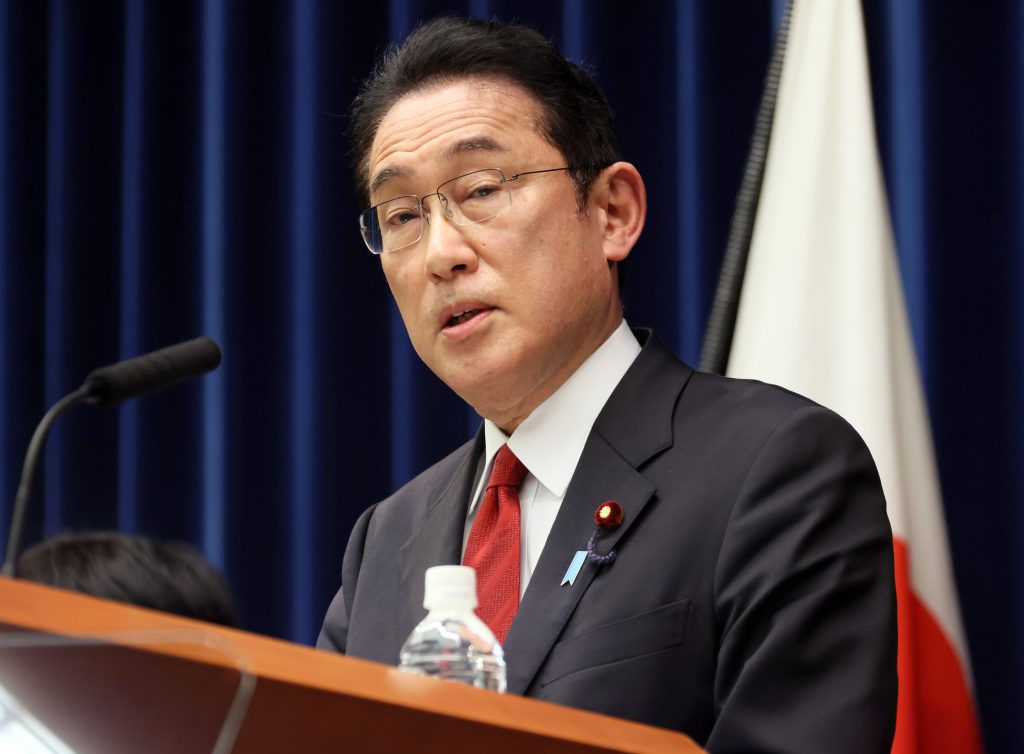
Demonstrate “willpower”
Deterrence is established when government and people demonstrate their will and readiness to defend the land, waters and airspace under their sovereignty.
In the Japanese education system, while the concept of popular sovereignty is taught for many hours, the concept of national sovereignty is rarely discussed in class.
In recent years, the government’s textbook control finally approved the listing of the four southernmost Kuril Islands, Takeshima and the Senkaku Islands as inherent territories of Japan. Yet there is still no discussion of the perspective of territorial defense within the framework of national sovereignty.
There was even a time in Japan when so-called intellectuals, indifferent to their own country, were considered progressive. They criticized visits by public figures to the Yasukuni Shrine, which enshrines those who lost their lives trying to protect Japan.
This is not the way to go. On this 70th anniversary of the restoration of sovereignty, the Japanese people must reflect on the importance of protecting their territory and passing on to their descendants a free, independent and sovereign Japan.
RELATED:
(Read the editorial in Japanese on this link.)
Author: editorial board, The Sankei Shimbun

